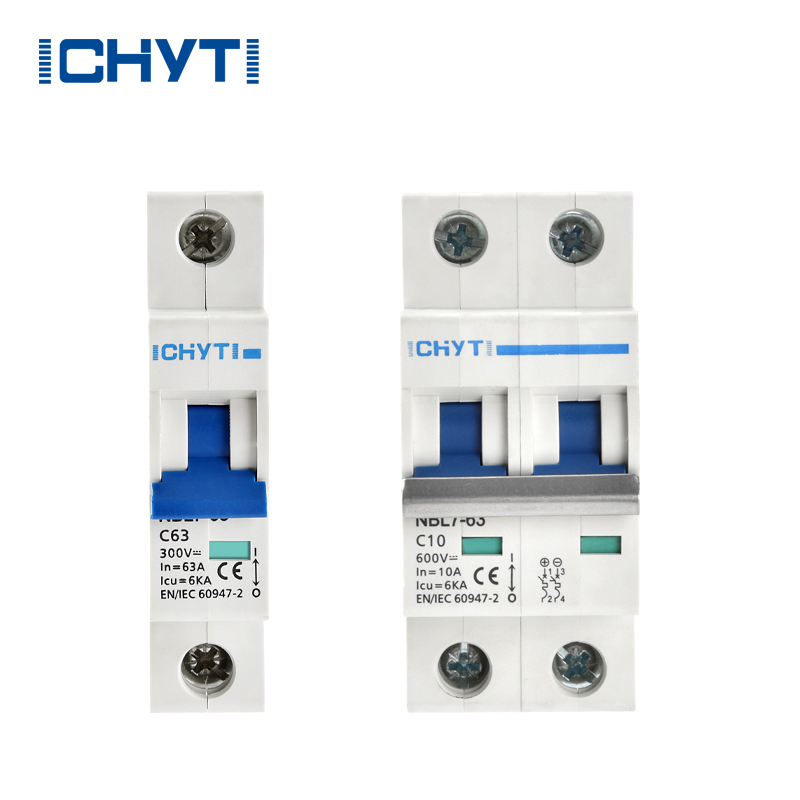Features and Benefits of 2 Pole DC Circuit Breakers
2024-07-13
A 2-pole DC circuit breaker is a protective device used in electrical circuits that operate with direct current (DC) rather than alternating current (AC). Here’s an overview of what a 2-pole DC circuit breaker entails and its key characteristics:
Functionality:
1. Protection Mechanism:
- Overcurrent Protection: Automatically interrupts the circuit if current exceeds a preset threshold, protecting against short circuits and overloads.
- Arc Fault Protection: Some models incorporate arc fault detection to mitigate the risk of electrical arcs that can cause fires.
- Ground Fault Protection: Provides protection against ground faults, ensuring safety by detecting and interrupting unintended current paths to ground.
2. Operation:
- Trip Mechanism: Utilizes a thermal-magnetic trip mechanism:
- Thermal Trip: Responds to prolonged overcurrent conditions that cause heating.
- Magnetic Trip: Reacts to short-circuit currents that exceed a magnetic threshold.
- Manual Reset: Can be manually reset after tripping to restore power once the fault condition has been resolved.
3. Design and Construction:
- Poles: A 2-pole breaker means it can simultaneously disconnect both the positive and negative conductors of a DC circuit.
- Enclosure: Housed in a durable enclosure designed to withstand electrical and environmental stresses.
- Contacts: Features contacts that open automatically under fault conditions to disconnect the circuit.
Features and Benefits:
- Voltage Rating: Designed to operate within specific voltage ratings suitable for DC applications, typically ranging from 12V DC to several hundred volts DC.
- Current Rating: Available in various current ratings to match the requirements of different circuits and loads.
- Compact Size: Designed to fit standard electrical panels and enclosures, facilitating installation and maintenance.
- Compliance: Manufactured to meet relevant industry standards and certifications for electrical safety and performance.
Applications:
- Solar Photovoltaic Systems: Protects DC circuits in solar panels and inverters from overcurrent and fault conditions.
- Battery Banks: Ensures safety and reliability in DC circuits powering battery banks used in telecommunications, marine, and off-grid applications.
- Automotive and Transportation: Used in vehicle electrical systems to protect DC circuits for lighting, HVAC systems, and onboard electronics.
Considerations:
- Compatibility: Ensure the breaker is compatible with the specific voltage and current ratings of the DC circuit it will protect.
- Environmental Conditions: Choose models rated for the environmental conditions where they will be installed, such as temperature extremes and humidity levels.
- Installation: Follow manufacturer guidelines and electrical codes for proper installation to ensure safe and reliable operation.
Maintenance:
- Regular Inspection: Periodically check the breaker for signs of wear, corrosion, or damage that could affect performance.
- Testing: Conduct periodic testing to verify the breaker trips correctly under simulated fault conditions.
- Replacement: Replace breakers that do not reset properly or fail to trip during testing to maintain safety and reliability.
2-pole DC circuit breakers play a critical role in protecting electrical circuits from damage and ensuring safety in various applications where DC power is used.



